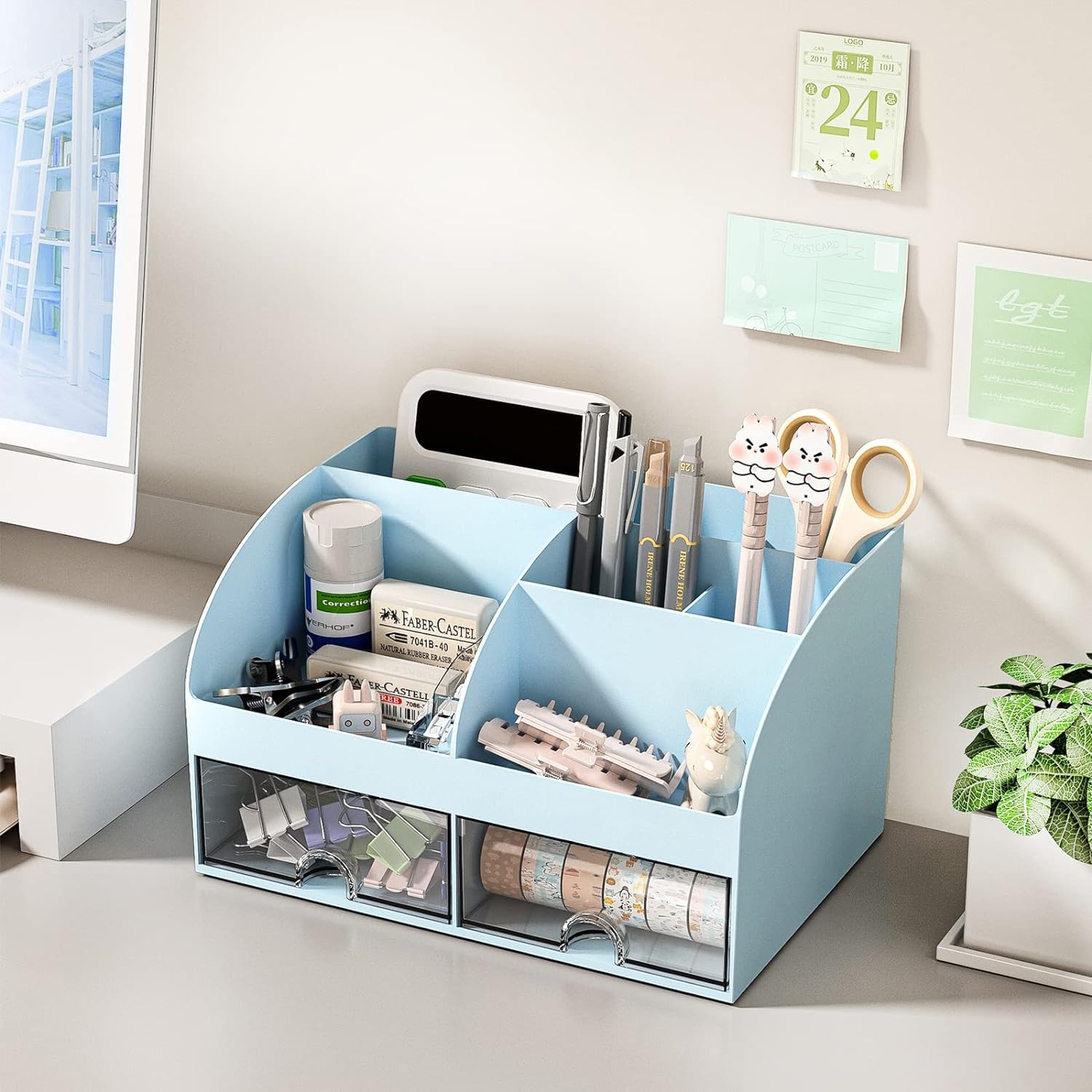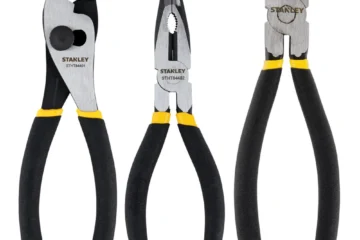Setting up an efficient home office involves equipping yourself with essential stationary items that enhance organization, productivity, and comfort. Here’s a detailed review of each key item:
1. Desk Organizer
A desk organizer is a fundamental tool for any home office, offering a centralized space to store and access pens, pencils, paper clips, sticky notes, and other small essentials. It helps in keeping the workspace tidy and efficient, reducing clutter and ensuring that necessary items are always within reach.
Pros:
- Organization: Facilitates neat storage and easy access to frequently used items.
- Efficiency: Saves time by preventing the need to search for misplaced tools.
- Space Optimization: Maximizes desk space by keeping it clutter-free.
Cons:
- Space Consumption: Larger organizers may occupy significant desk space.
- Maintenance: Requires occasional tidying to prevent accumulation of unnecessary items.
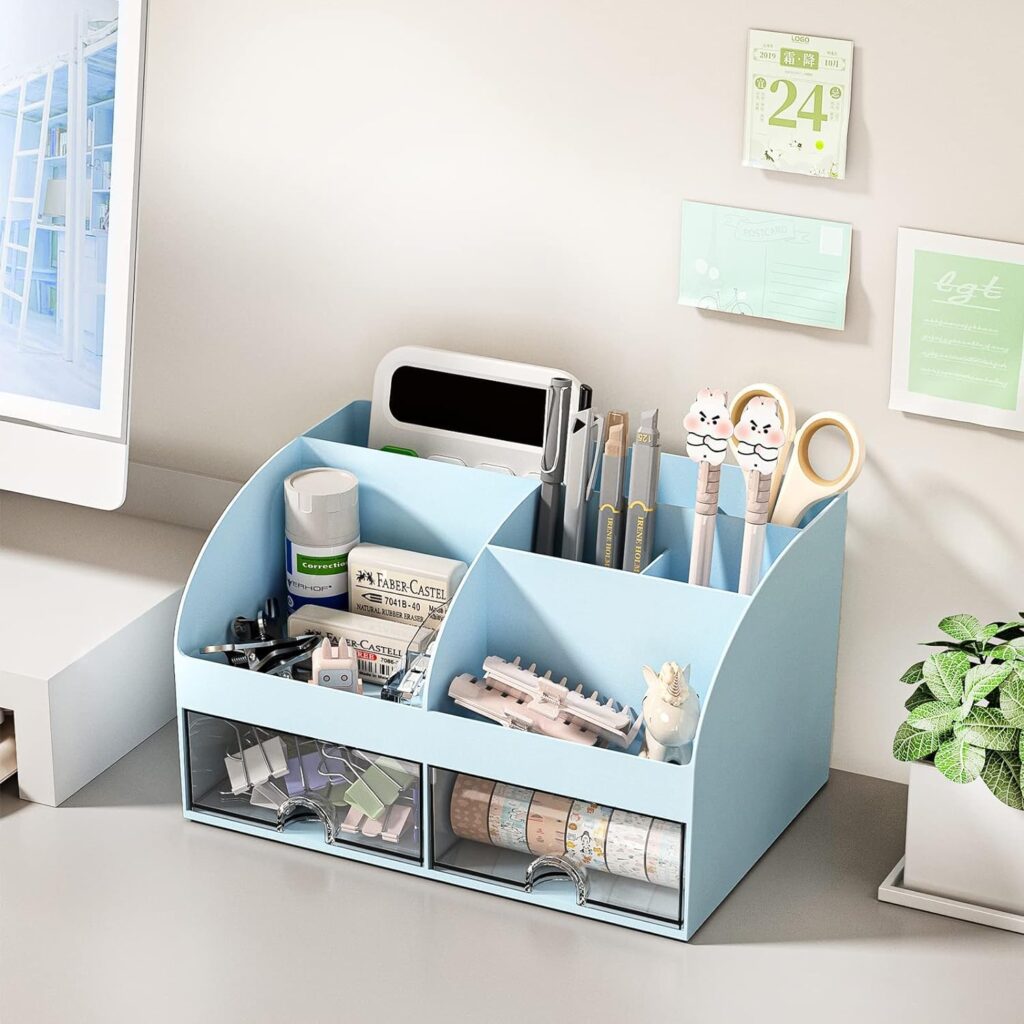
2. Notebooks and Notepads
Notebooks and notepads are essential for jotting down ideas, to-do lists, meeting notes, and more. They provide a tangible, distraction-free medium for brainstorming, planning, and organizing tasks, making them indispensable for productivity in a home office setting.
Pros:
- Versatility: Suitable for various types of notes and sketches.
- Portability: Can be carried around for meetings or used away from the desk.
- Offline Creativity: Offers a break from digital screens for creative thinking.
Cons:
- Paper Waste: Regular use can contribute to paper clutter and environmental impact.
- Searchability: Retrieving specific notes can be challenging without digital search capabilities.

3. Quality Pens and Pencils
High-quality pens and pencils enhance writing comfort and precision in a home office environment. They contribute to professional presentation of handwritten documents and notes, ensuring clarity and durability in everyday tasks.
Pros:
- Comfort: Ergonomic designs reduce hand fatigue during extended writing sessions.
- Quality: Provides smooth, consistent ink flow or lead advancement for clear writing.
- Variety: Different types cater to specific preferences and tasks.
Cons:
- Cost: Initial investment and ongoing costs for refills may be higher compared to standard pens.
- Consumable: Requires periodic replacement of ink cartridges or lead refills.

4. Desk Lamp
A desk lamp serves as essential task lighting in a home office, providing focused illumination for reading, writing, and computer work. It enhances visibility, reduces eye strain, and contributes to a comfortable and productive workspace environment.
Pros:
- Task Lighting: Directs light precisely where needed, enhancing productivity.
- Aesthetic Appeal: Adds ambiance and style to the workspace.
- Adjustability: Some models offer adjustable brightness and color temperature.
Cons:
- Space Requirement: Takes up additional desk or floor space.
- Energy Consumption: Continuous use may increase electricity costs over time.
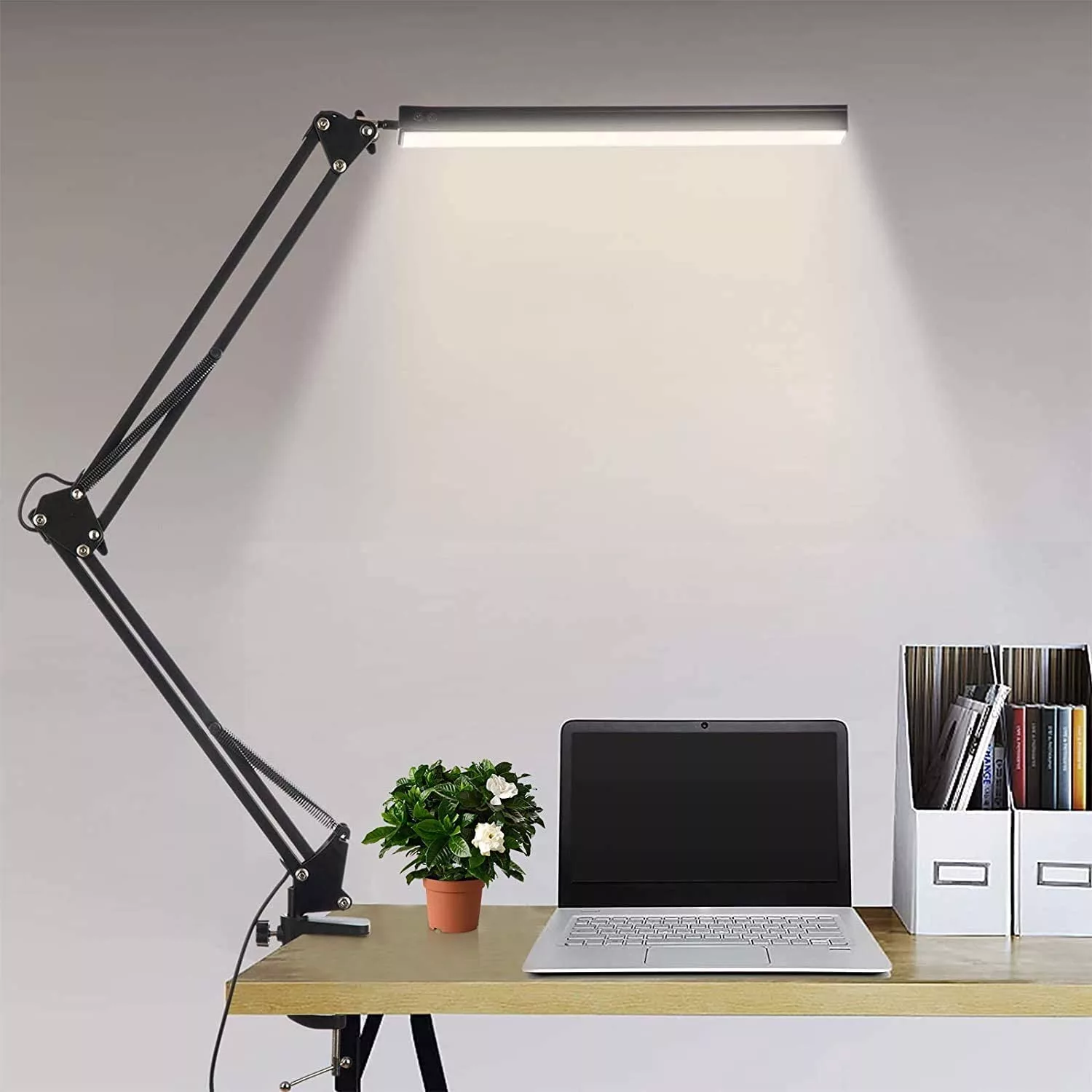
5. Filing System
A filing system is essential for organizing and storing documents, invoices, receipts, and other important paperwork in a home office. It ensures efficient access to information, maintains order, and protects sensitive materials from loss or damage.
Pros:
- Organization: Categorizes and stores documents systematically for easy retrieval.
- Accessibility: Facilitates quick access to necessary paperwork during tasks.
- Security: Safeguards sensitive information from unauthorized access.
Cons:
- Setup Complexity: Initial setup and organization may require time and effort.
- Space Demand: Larger filing cabinets or systems can occupy significant space.
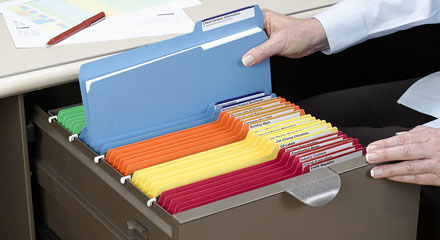
Verdict:
Each of these essential stationary items plays a crucial role in creating a productive and organized home office environment. While they contribute significantly to efficiency and comfort, it’s important to consider individual preferences, space constraints, and maintenance needs when selecting and integrating these items into your workspace. By leveraging their benefits and mitigating potential drawbacks, you can optimize your home office setup for optimal productivity and workflow management.

